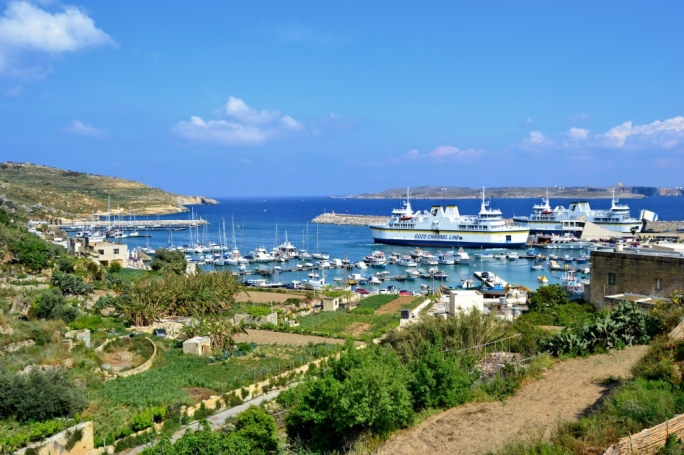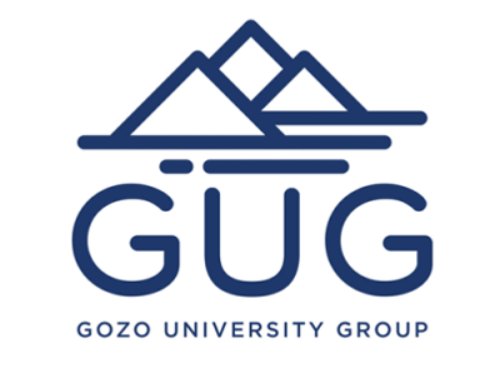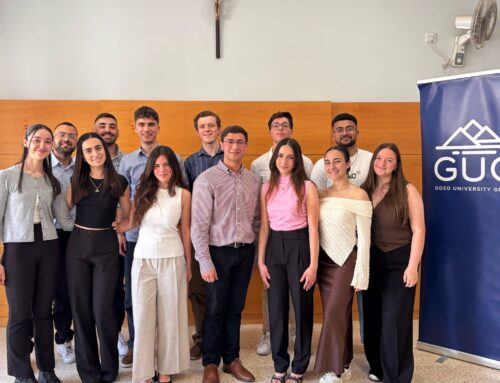Insularity is a natural handicap of any island, and Gozo’s disadvantage is even more prominent due to its double insularity, making it highly dependant on the larger island with regards to several sectors. There are a number of drawbacks, which can only be addressed through the implementation of projects and proposals. The main problems are undoubtedly the movement of people, the exportation and importation of goods and even services, which include any economic activity so essential for any country to thrive. It is a ripple effect – when an island lacks the necessary investments, the ideal economic conditions to develop, negative consequences arise. Brain drain is an inevitable result and one of the most unfavourable repercussions, as it directly affects the future of the island in the long run.
Gozo’s geography should not be the reason for its setback. Business need not take place in the most advanced of countries, nor does it need to have a huge physical space for it to expand. The Web has made growing ever more possible, bringing us to yet another issue – that of the second fibre optic cable which Gozo ‘is aching for’.
Some say insularity can go both ways. It is true that insularity in the short term can be turned into an advantage, such as when it comes to promoting the island abroad as being the ‘cut off and quiet island of the two’. And it is true that a number of tourists may enjoy Gozo precisely because of this geographical characteristic, however, the disadvantages of being detached and isolated can go a much longer way. This kind of tourism is very subjective, and tourists’ personal preference is pretty much the only way through which Gozo may prosper in this regard, nonetheless, such characteristics are quite unreliable. Moreover, the easier access is to the Island, the more tourists may visit Gozo.
As a result of Gozo’s double insularity, in December 2015 a group of university students joined forces to create ‘Front Favur il-Mina’ (Pro-Tunnel Movement). Since its inception, the Front and its members have always followed one aim – that of campaigning and lobbying for better accessibility between the islands. As a Front, we do not want Gozo to be a burden on the Maltese economy but rather to become a major contributor to the economic growth of this nation. It is time, that Gozo starts attracting its own investment, its own developers, sustainable progress and expansion, without the need to depend on Malta’s ‘overplus’.
The permanent link project between the islands has been in the midst of discussions for quite some time now, in fact to be precise, since the 1960’s. There were several developments and plan changes along the way – with opinions and studies discussing all options which included a causeway, a bridge, the current ferry system and the tunnel.
Keeping in mind all the studies that have been carried out, one can safely conclude that the most reasonable option would be the sub-seabed tunnel, which should be considered a national project, for Malta. However, more detailed studies still need to be carried out. These shall investigate; the geological aspects of the Gozo Channel, and the technicalities of project including the tunneling methodology, routes and placing.
The advantages of such a development are endless to say the least. One must not perceive the positive outcome of the permanent link as applying only for the few Gozitan residents, but rather, the situation is the total opposite. It must be regarded as a national project, like any other major project taken up on the islands over the past years. Reason for this is, that almost 5 million passengers, have crossed to Gozo via the Gozo Channel over the past year, which is equivalent to the number of people arriving at the MIA.
Without a doubt, with such a large-scale project, come a considerable amount of changes, both regarding business and inhabitants of the islands. Nowadays customers’ expectations are continuously on the rise. Gozo’s market is too small and for a business to give the level of service expected, one must also shift his resources to the Maltese market. Logistically, the tunnel will make it easier for businesses to accomplish this.
On the contrary, for those who cross frequently between the islands, the tunnel would greatly facilitate their daily commuting, by cutting down on waiting and travelling time, to just a few minutes. Here, reference should be made to Gozitan workers, students, patients and anyone else who spends a great deal of time in Malta.
The tunnel per se cannot be the key to solving all the problems Gozo is encountering, however it is still the most necessary contributor to reverse this trend.

Front Favur Il-Mina, as the name suggests is in favour of the construction of a tunnel and not a bridge, mainly for economic and social reasons. Nonetheless, we have never shrugged off proposals such as the
development of an airstrip. To the contrary other proposals are to be also introduced in parallel with the tunnel. The construction of a tunnel does take a substantial amount of time, thus, meanwhile, in order to alleviate challenges, other temporary measures are to be introduced, such as a fast ferry service.
From the very start, Front Favur Il-Mina have proposed a three-stage system – the short, medium and long term. This whole strategy should eventually lead to the construction of a sub-seabed tunnel. The short and medium term comprise of a fast ferry service, more frequent Gozo ferry trips and the commencement and completion of all necessary studies. Then, long term aim would be the tunnel itself.
Those that want to get in touch with or to follow the work of Front Favur Il-Mina, may do so by visiting their website www.frontfavurmina.com, send them an email on info@frontfavurmina.com or follow them on Facebook www.facebook.com/frontfavurmina .









Leave A Comment